Last Updated on February 10, 2022
The emissions systems found in today’s vehicles tend to be quite complicated in their design. This is due to the fact that this system utilizes a host of individual components, each of which plays a pivotal role in reducing the volume of noxious output emitted from a vehicle’s exhaust pipe.
For a vehicle’s emission system to operate at peak efficiency, each of these components must function as intended. However, many of these components are prone to eventual failure, at the hand of age and natural wear.
When this occurs, a diagnostic trouble code is typically stored, illuminating a vehicle’s check engine light as a result. This often provides a motorist with the first inclination that something is amiss.
One such emissions-related fault code that often stumps motorists is P0410. This code is indicative of a fault within a vehicle’s Secondary Air Injection System. This system is responsible for introducing additional O2 into a vehicle’s exhaust, in a bid to clean up excessive emissions output.
Read on to learn more about diagnostic trouble code P0410, as well as how to remedy such issues should they arise in the future.
What Does Code P0410 Mean?
Diagnostic trouble code P0410 is indicative of a fault within a vehicle’s secondary air injection system. This system is a vital part of modern emissions equipment and therefore plays a pivotal role in reducing the noxious output that comes as a byproduct of combustion.
However, to better understand DTC P0410, one must first familiarize themselves with the operation of the secondary air injection system.
A vehicle’s secondary air injection system introduces O2 into an engine’s exhaust tract, thereby minimizing the volume of emissions output expelled from the exhaust. This system features an air pump, one-way check valve, and specialty hoses, all of which must function as intended, to achieve peak operating efficiency.
In the case of DTC P0410, the affected vehicle’s O2 sensors have not detected a notable increase in oxygen content, thus signifying that an issue exists within the secondary air injection system.
As a result, a fault P0410 is stored, and a check engine light is illuminated.
Related: Code P0411
Symptoms of Code P0410

Diagnostic trouble code P0410 is often accompanied by a number of additional symptoms, each of which tends to vary in severity. While not all of these symptoms will be present in every case, most are prevalent enough to warrant further understanding.
The following are several of the most common symptoms associated with DTC P0410.
- Illumination of the check engine light
- Sluggish or hesitant acceleration
- Excess noise from the air injection pump
- Failed emissions test
Causes of Code P0410
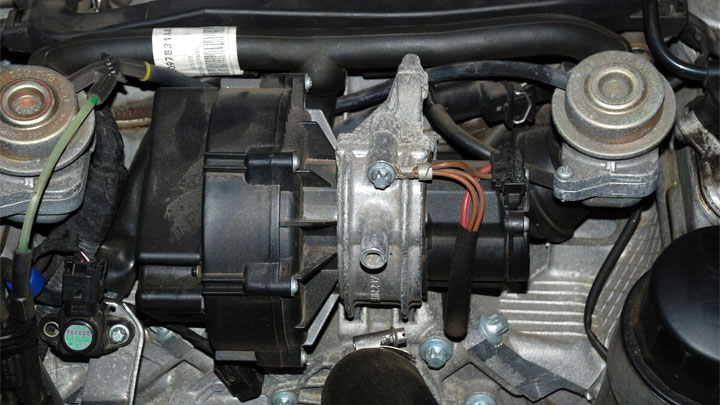
The sudden occurrence of diagnostic trouble code P0410 can come as the result of several different underlying conditions. Understanding each of these conditions will inevitably prove valuable when attempting to remedy the issue at hand.
The following are several of the most common causes of DTC P0410.
- Faulty air pump
- Inoperable air pump relay
- Blown air pump fuse
- Worn air pump check valves
- Blockage in the air injection system
Is Code P0410 Serious?
In the bulk of cases, diagnostic trouble code P0410 is not viewed as being overly serious in nature. This stems from the fact that this code seldom causes any true driveability related concerns.
In fact, even in the most severe of cases, a motorist is unlikely to notice anything more remarkable than a slight reduction in throttle response.
On the other hand, the underlying condition behind your vehicle’s P0410 code is likely to increase downstream emissions output. While this is of little concern for some, increased emissions output can prove troublesome for those living in states or counties that mandated annual emissions testing. In many cases, the presence of this code alone is enough to cause a failed emissions test.
In any event, the root cause of diagnostic trouble code P0410 should be diagnosed and remedied at the first available date. Doing so prevents the onset of further complications, and restores your vehicle’s emissions system back to peak efficiency.
If you do not feel comfortable tackling such repairs yourself, contact a local independent repair shop or dealership service center as soon as possible.
How to Fix Code P0410

The following steps can be used to assist in diagnosing and repairing the root cause of a vehicle’s P0410 diagnostic trouble code. As always, be sure to consult factory-specific service literature for your particular model of vehicle, before proceeding with such repairs.
#1 – Check For Additional DTCs
Before beginning the diagnostic process, check for the presence of additional diagnostic trouble codes. Any additional DTCs should be thoroughly diagnosed and remedied before proceeding.
#2 – Check Air Pump Fuse
Begin the diagnostic process by checking the condition of your vehicle’s air pump fuse. In most vehicles, this fuse will be located within the underhood power distribution block.
The air pump fuse can be checked with the use of a test light, or alternatively, a digital multimeter, with a vehicle’s ignition turned to the “on” position.
If this fuse is found to have blown, replace the affected fuse and take the vehicle in question for a lengthy test drive. If the air pump fuse again blows, proceed to step #4.
#3 – Check Relay Function
With the use of a bi-directional scan tool, command the vehicle’s air pump into operation. If the air pump’s relay does not engage, replace the affected relay and repeat this test to ensure proper operation.
#4 – Replace Air Pump and Check Valve
If diagnostic trouble code P0410 persists, yet power is flowing through the circuit’s fuse and relay, air pump replacement will be required.
In addition to the air pump itself, the connected one-way check valve should also be replaced, and all corresponding hoses should be thoroughly cleaned.
#5 – Test Drive To Verify Repair
After replacing these components, clear your vehicle’s P0410 DTC with the use of your scan tool, and go for a lengthy test drive. This will effectively verify that the root cause of fault P0410 has been remedied.
If DTC P0410 were to return, repeat steps #1-#4 of this diagnostic tree.

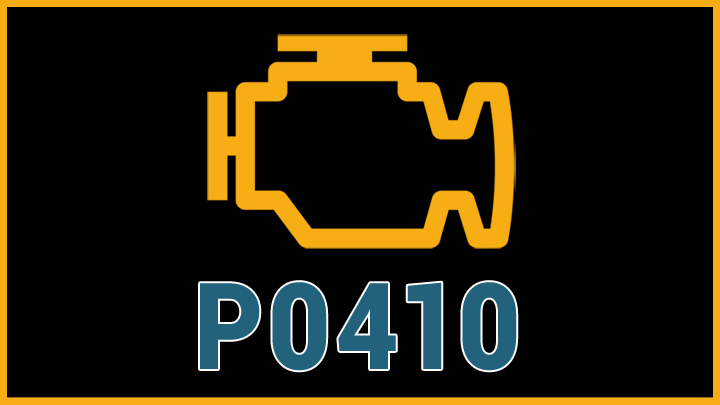
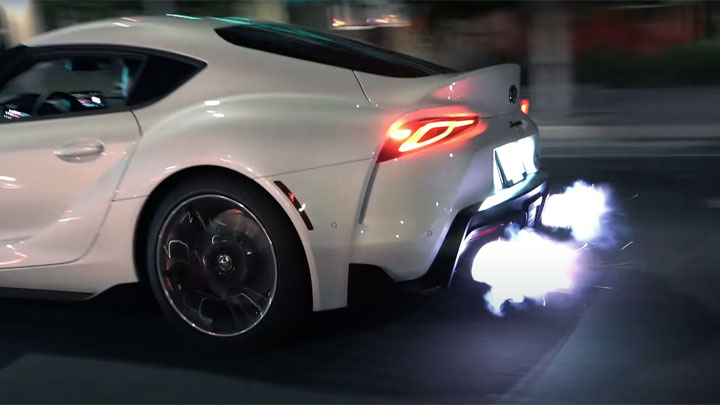
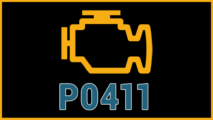
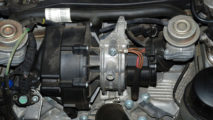
Thank you very much been chasing this ghost go down forever did not know that a 2012 Chevy equinox had a smog pump. Obviously we all call that a ghost code .. Too bad the dealership or the scan tools will not pick up that part instead of O2 sensors. But AnyWho the computer isn’t lying it obviously is emissions so thank you for Explaining that been chasing us down I need 2012 Chevy equinox for about six months about made me go insane not being able to find out what is the main problem.